5 Essential Steps to Support Safe Collaboration for Hybrid Work

Organizations are now starting to return onsite from a fully online workforce. Naturally, this hybrid work style requires a different approach to ensure a safe collaboration space for users. Hybrid organizations have different needs and require support from different types of technologies.
Each team and user work differently, so a variety of applications is recommended. For example, in the Microsoft 365 ecosystem, Yammer is used as a company cafeteria where users talk about different interests and discussions. SharePoint, on the other hand, is used as a document library.
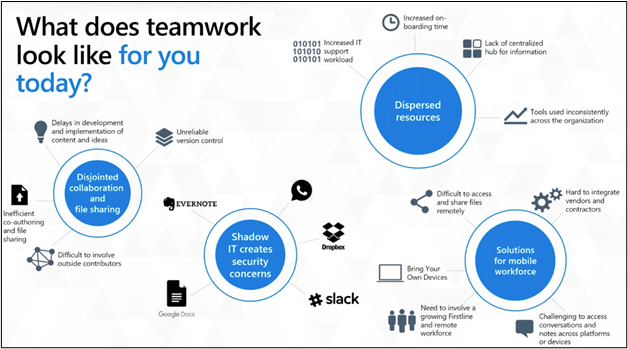
There are also tools outside Microsoft 365 that companies have invested in. This is where the challenge comes in. As more tools come into use, it will become more confusing for users to switch between them if they’re not properly consolidated. These five tips shared by Dux Raymond Sy and Charles Williams in their webinar “5 Essential Steps to Support Safe Collaboration for Hybrid Work” should be a great help for anyone looking to spur safe hybrid collaboration.
1. Consolidate Cloud Services
While some tools may help departments with day-to-day tasks, using them for sharing and collaboration isn’t always feasible. What’s more, users often don’t want to jump from one tool to another just to finish their tasks.
Therefore, consolidating your cloud services is very important. When subscribing to Microsoft 365, security and other factors are already taken care of. You can provide a solid workspace for your users without them having to jump between different hosted tools. Read more about this in this e-book.
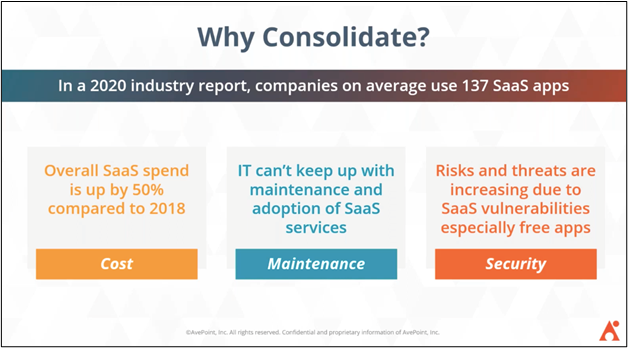
2. Drive Sustainable Adoption
Microsoft 365 provides tons of financial benefits to organizations by eliminating maintenance work. However, it can also cause problems when it’s not used properly.
Make it easy for users to do the right thing when collaborating. Enable and configure the platform for people to enjoy using it. To achieve this, you should have policies tailored to every department in your organization based on their business needs and requirements. See the sample table below where sharing conditions differ for each department.
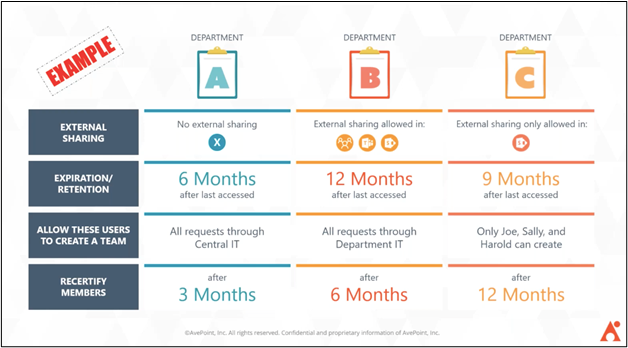
One of the best methods is to standardize Microsoft Teams. You can create templates for the common tasks of each department so it will be easier to process requests and item creation.
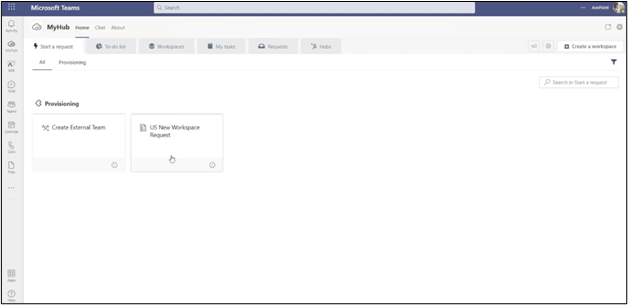
MyHub is a platform inside Teams where users can easily create items in Teams through provisioning. Walking your users through the process by giving them ready-made templates that they can use makes a huge difference. When we make it easy for people to do the right thing, there’s a higher likelihood of them using the tool.
MyHub doesn’t only benefit end-users, but it also helps IT admins in automatically managing the lifecycle of the created items. For example, a policy applied to a Team is only good for three months. IT admins don’t have to remind the owner when the expiration date is coming up; they’ll automatically receive a notification.
3. Back Up and Protect Data
The third step in achieving a safe hybrid collaboration is to back up your data. Technically speaking, though, not all solution providers are responsible for backing up your data.
Native backup of Microsoft cannot suffice most long-term backup requirements as there’s a rather short retention period upon the deletion of items. Therefore, the need for a third-party backup solution becomes more crucial.
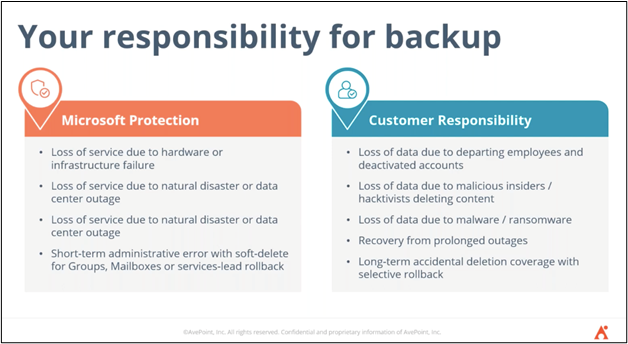
So, how can we overcome this challenge? AvePoint’s Cloud Backup for Microsoft 365 is designed to give you confidence in collaboration by ensuring that all your data is well protected and backed up long past the native backup limits. This will allow data restoration when the need arises with a very simple recovery dashboard. Download this e-book to learn more!
4. Manage Entitlement
Purchased licenses should be fully utilized. However, sometimes there are licenses that are left unused or used incorrectly. IT admins can manage these licenses, but they will be cumbersome in the long run.
Adopting a license management solution will help organizations maximize the use of their subscriptions. AvePoint’s Cense, for instance, provides better insight and control for over Microsoft license management. It helps ensure that the right licenses get to the users who need them.
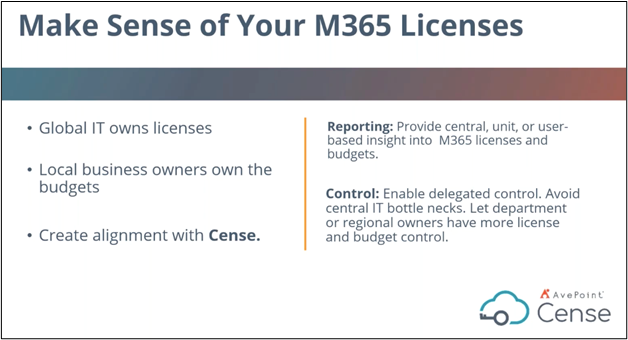
5. Manage Data Sharing
With the recent updates of Microsoft applications, sharing is easier than ever. You can find a sharing button in any of the tools you’re using, be it Microsoft Teams, Word, SharePoint, OneDrive, and more. As sharing becomes easier, though, strong data security becomes even more important.
With Policies & Insights, you can be sure that every item shared is secured, be it internally or externally. You can automate policies to minimize risk and ensure safe sharing without having to review each document every time they’re shared.
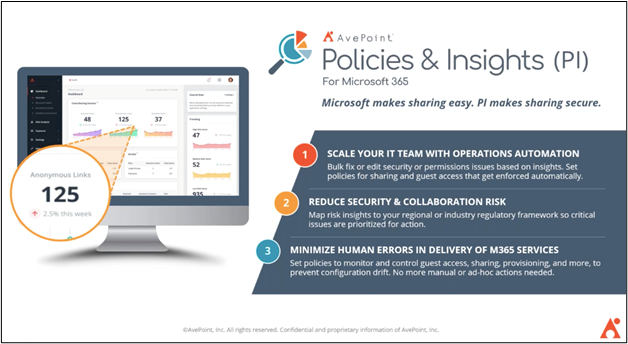
It can be difficult for organizations, IT admins, and users to shift to a hybrid work setup. But with these five helpful tips, shifting should be doable for both admins and users in a safe and secure way. For more detail on each point be sure to watch the full episode here!
Subscribe to our blog for more exclusive content and resources!
Adrian is currently a member of AvePoint's project management team. In his previous role as a Content Marketing specialist at AvePoint, Adrian covered the latest trends and topics on what’s new in technology, SaaS Management & Governance, SaaS Backup and Data Management.



